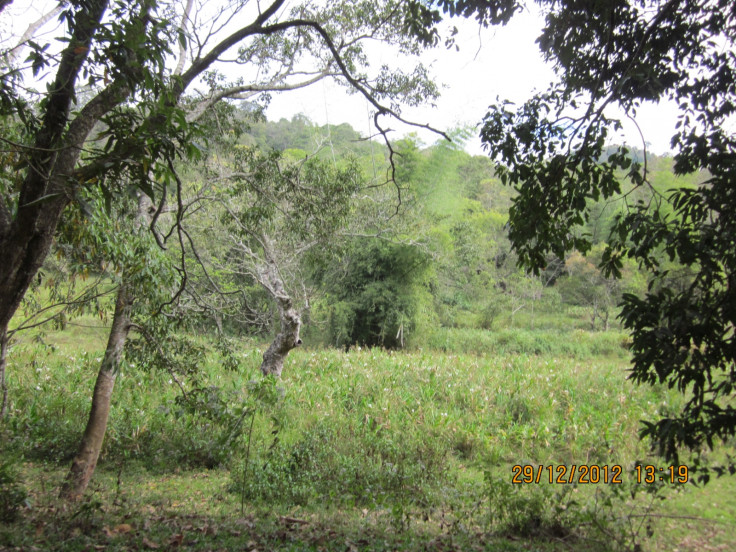Ebola animal to human transmission linked to population density and habitat degradation

An apparent link has been established between human population density and vegetation cover and the spread of the Ebola virus from animal hosts to humans.
Researchers at SUNY Downstate Medical Center found a higher risk of animal to human transmission in areas with high human density and low vegetation.
"These findings cannot be viewed as causal due to the observational nature of the data," says Michael G Walsh, assistant professor of epidemiology and biostatistics in the School of Public Health at SUNY Downstate.
"But they do suggest that the specific landscape configuration of interaction between human populations and forested land may facilitate transmission of the Ebola virus from animals to humans."
The findings were published in the open-access journal PeerJ, in an article titled: "The landscape configuration of zoonotic transmission of Ebola virus disease in West and Central Africa: interaction between population density and vegetation cover."
He adds: "The reservoir species of the Ebola virus is believed to be fruit bats, with a secondary source being non-human primates. As human populations increase and move into forested areas that are home to these animals, the risk of humans contracting EVD appears to increase, judging from our analysis of EVD outbreaks in Central and West Africa."
Loss of species in ecosystems with human intrusion has been known to result in a rise in pathogens.
In the present Ebola outbreak, while the cause of the initial "spill over event" is not clearly known, landscape change in the affected area has been significant in recent years, noted Dr Jane Smart, Global Director of IUCN's Biodiversity Conservation Group during a recent Conference of the Parties to the Convention on Biological Diversity (COP 12).
By reducing pressures on wildlife and natural environments, humans can limit contact with the pathogens they carry and change the practices that currently enable transmission to humans.
A 2008 study by the EcoHealth Alliance that looked at 335 emerging diseases from 1940 to 2004 had concluded that disease emergence events have roughly quadrupled over the past 50 years.
Around 60% of the diseases spread from animals and a majority of those came from wild creatures.
© Copyright IBTimes 2025. All rights reserved.





















